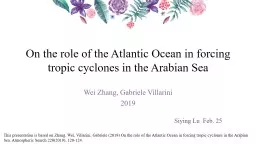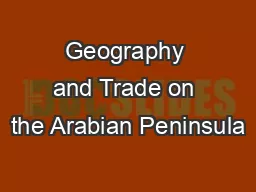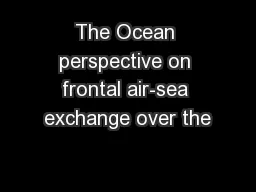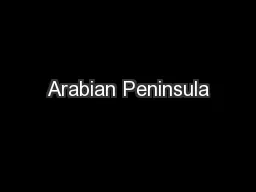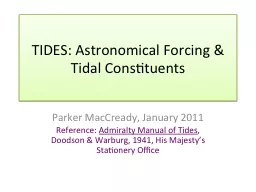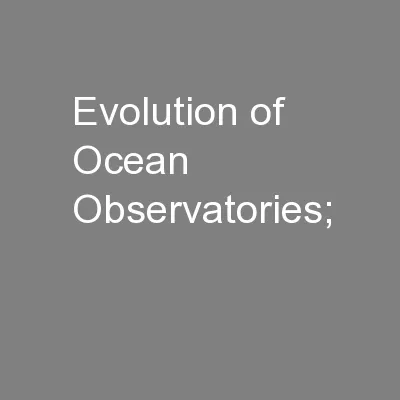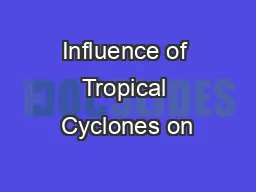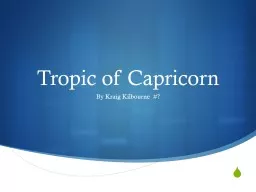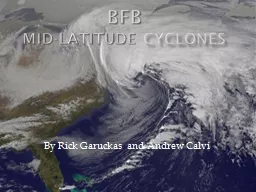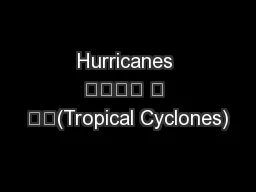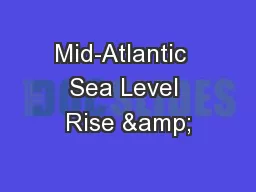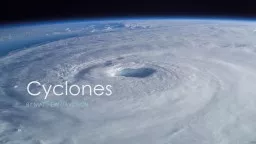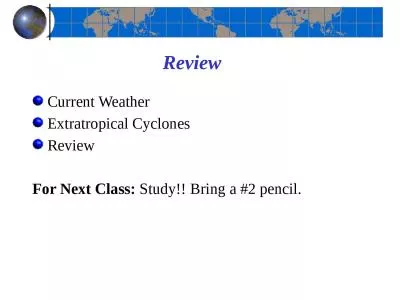PPT-On the role of the Atlantic Ocean in forcing tropic cyclones in the Arabian Sea
Author : goldengirl | Published Date : 2020-08-28
Wei Zhang Gabriele Villarini 2019 Siying Lu Feb 25 1 This presentation is based on Zhang Wei Villarini Gabriele 2019 On the role of the Atlantic Ocean in forcing
Presentation Embed Code
Download Presentation
Download Presentation The PPT/PDF document "On the role of the Atlantic Ocean in for..." is the property of its rightful owner. Permission is granted to download and print the materials on this website for personal, non-commercial use only, and to display it on your personal computer provided you do not modify the materials and that you retain all copyright notices contained in the materials. By downloading content from our website, you accept the terms of this agreement.
On the role of the Atlantic Ocean in forcing tropic cyclones in the Arabian Sea: Transcript
Download Rules Of Document
"On the role of the Atlantic Ocean in forcing tropic cyclones in the Arabian Sea"The content belongs to its owner. You may download and print it for personal use, without modification, and keep all copyright notices. By downloading, you agree to these terms.
Related Documents

